Meat, we are told, is bad for the planet. It causes global warming, destroys forests, diverts substantial proportions of the world's grain for feed, all to produce meat which only wealthy Westerners can afford. The iniquity of the situation led George Monbiot to declare in 2002 that "Veganism is the only ethical response to what is arguably the world's most urgent social justice issue." Monbiot later recanted but, since then, we are told with increasing regularity that to save the planet we must radically reduce our consumption of meat. In the face of what seems to be universal agreement on the sins of meat eating, is there really a green argument for meat? I think there is, and I think we should be talking about it. Not only is the public discourse heavily one-sided, but the anti-meat message risks destroying the very environment it claims to be protecting.
Let's start with one of the most repeated statistics used to argue for reduced meat consumption: the claim that 100,000 litres of water are required to produce each kilo of beef - which is a staggering 1000 times more than what is needed to produce a single kilo of wheat. With magazines such as New Scientist uncritically quoting this figure, it is not surprising that it has circulated so widely. Taken at face value, this estimate is shocking and may on its own be responsible for switching tens of thousands of people away from eating meat.
However, there are many different estimates for the amount of water required to produce a kilo of beef. They can't all be correct. The figure of 100,000 litres - which is one of the largest - comes from agronomist David Pimental (to whom we will return), but many other authorities have attempted to calculate this figure, each starting from different assumptions and political positions. In his book Meat, A Benign Extravagance, author and one-time editor of The Ecologist, Simon Fairlie, painstakingly deconstructs these figures. He points out that a typical beef steer, reared for 500 days, produces 125 kilos of meat at slaughter. From Pimental's total, we can calculate that such a cow uses over 12 million litres of water during its lifetime - equivalent to an acre of land under ten feet of water. But cows typically drink only 50 litres of water per day, which leads to a figure of 200 litres per kilo or just 0.2 percent of Pimental's value. How did the agronomist create such a monumentally inflated figure?
Astonishingly, Pimental included all of the rain that fell on the land on which the beef was reared, ignoring the fact that that rain would have fallen whether cattle were there or not. To inflate his alarmist balloon even further, Pimental used the most extreme rainfall figure he could get away with - for ranch cattle which roam over much larger areas than typical European herds. After patiently dismantling many different authors' statistics, Fairlie concludes that, "The amount of water consumed by a beef cow appears to be a function of your political position."
The story of how Simon Fairlie came to write his book tells us a lot about the politics behind the AMPAG (anti-meat-posing-as-green) ideology. Fairlie spent ten years living in a permaculture cooperative. They had 13 acres, only one of which was cultivated for crops. Everyone in the commune helped with this task, which provided them with most of their fresh vegetables and some of their fruit. The other 12 acres, however, were grassland, on which Fairlie almost single-handedly reared dairy cows and pigs. Due to the vegetarian predilection of the members of the commune, Fairlie found that although they would eagerly eat the cheese, yogurt, and milk he produced, they drew the line at the 350kg of meat, lard, and dripping that came from the livestock operation annually. So he had to sell it. This would not have been so bad, if not for the fact that the commune was spending £200 a week buying in alternative proteins and fats from halfway across the world: tahini, nuts, rice, lentils, peanut butter, soya. The irony was not lost on him.
Another anti-meat statistic is some variation on the claim that it takes 20kg of grain to produce a kilo of beef. This notion hangs on the false assumption that all farms raise animals in feedlots. In the UK, however, cows and sheep spend most of their life on grass. In winter, when the grass isn't growing, forage crops (such as beet tops) and agricultural waste (such as straw) are primarily used as winter feed. Grain is an infrequent addition and usually only for a few weeks for 'finishing' beef prior to slaughter. So, it turns out that the guilt-trip headline figure is only representative of the worst-case scenario - the confined feedlot system, an industrial farming approach that most UK consumers reject for a host of reasons unrelated to feed efficiency.
David Pimentel, professor of ecology in Cornell University's College of Agriculture and Life Sciences (who was also responsible for the distorted water statistic mentioned above) reported at the July 24-26 meeting of the Canadian Society of Animal Science in Montreal that the "U.S. could feed 800 million people with grain that livestock eat."
It's a superficially persuasive argument. Unfortunately, in addition to selecting the worst case scenario - feedlot cattle - Pimental also ignores the fact that virtually all the grain used for animal feed is grain deemed unfit for human consumption, either because it was spoiled or contaminated. Grain farmers rely on a market for animal feed to convert spoiled crops into cash. If we all stopped eating meat there would be a lot of spoiled grain going to waste forcing up food prices. So animal farming actually subsidises human grain production rather than competing with it as these misleading statistics imply.
Most AMPAG campaigners also fail to mention livestock by-products. As well as providing meat for human consumption, cows, sheep and pigs produce leather, wool, grease, blood and bones in substantial quantities which are used for a huge number of industrial processes, including making fertilisers for organic farming and even - for a brief time at least - the new five-pound notes. Almost nothing goes to waste. II. Cows As Eco-Vandals
One of the biggest controversies (and misconceptions) about meat production is its contribution to global warming, which reached media prominence following the publication of the 2006 UN report entitled "Livestock's Long Shadow." This document made the shocking claim that livestock accounts for 18 percent of all greenhouse gas emissions globally, placing it ahead of the transport sector. Now, call me naive, but I thought the cause of global warming was our predilection for burning fossil fuels. Does it seem likely that farming - an activity that took place for thousands of years before the industrial revolution - is likely to be the problem?
For the last decade, "Livestock's Long Shadow" has contributed to the near-religious dogma that to tackle global warming we all need to eat less meat. However, there are important caveats behind the UN figures that take much of the darkness out of the 'long shadow.'
Firstly, this is a global figure. It masks the fact that the preponderance of greenhouse gas (GHG) come from deforestation to create new beef pasture or animal feed crops. That is, most of the carbon emissions attributed to the beef are actually from the destruction of the carbon sinks (forests) that preceded them, rather than the ranching itself. Furthermore, this activity is chiefly happening in developing countries. Most developed countries, by contrast, have seen increasing forest cover for many decades. Consequently, when the US did its own analysis of carbon emissions, researchers found that the American livestock industry contributes only 2.8 percent to US GHG emissions. So, even if everyone in the US gave up meat entirely, it would barely put a dent in the country's emission figures.
Secondly, in many cases it is the value of the extracted timber which drives such deforestation, not the beef production that might follow in its wake. Even if beef production ceased tomorrow, the logging would still take place.
Thirdly, the UN report didn't consider alternative land use after the loggers had gone. Indeed, researchers have since identified that changing to grassland actually provides the most effective sink and store of soil carbon - far superior to farmland and, surprisingly, even better than replanting forest. Indeed, the Irish Government has identified restoration of grasslands and pasture around the world as a priority with significant potential to mitigate Global Warming. In their analysis, they found that for UK and Irish livestock farms, the greenhouse emissions were negligible. This is in large part because our animals feed primarily on grass for much of the year.
Ploughing up grassland actually releases carbon from long-term soil stores, which makes the idea of switching from livestock to arable farming look decidedly un-green. Ploughing also increases soil erosion, runoff, and nutrient depletion - all factors that are ignored in the AMPAG narrative. Partly because of these environmental issues, the UK government has a target to increase the amount of permanent pasture in the UK as part of its greening agenda. "The principal aim of the new requirement," says the Natural England Research Report NERR060, "is to ensure maintenance of grassland as one of the most important carbon sinks for climate change mitigation."
Then there is the issue of dairy. Although most anti-meat advocates won't come out and say it, dairy production is considerably greener than beef production even by their own dubious calculations. Primarily this is because dairy farming provides protein in the form of milk all year round, not just at slaughter. Besides which, the oft-repeated rhetoric that we can feed the world more efficiently with grains than animal products has another serious flaw: its calculations are based on meeting human energy requirements only, completely overlooking human protein needs.
There are other significant limitations on grain production: in temperate climates, grains produce just one harvest per season and to avoid nutrient depletion and disease build up they have to be rotated with other crops such as potatoes or oilseed rape. Taking into account the reality of the whole farm cycle as well as human protein needs, New Zealand researchers recently found that in temperate climates dairy farming is actually the most environmentally sound way to feed a population.
So rather than seeing farm herbivores as the ultimate eco-vandals it might be time to start appreciating their virtues. Their ability to convert inedible grass into high quality protein as meat and milk should be seen as a gift - a bit of magic that traditional pastoralists recognised and revered.
III. Pastoral Landscapes
Pastoralism is responsible for shaping the countryside in ways that make it more beautiful, accessible, and biodiverse. Many of the most famous and beautiful landscapes of Britain depend on grazing to maintain their beauty: From the tangle of patchwork pastures that typify the Home Counties, to the sweeping fells of the Highlands or the complex ecosystem of the New Forest. Compare these intimate, wildlife-rich landscapes to the barren and uniform desert of wheat fields one sees in Cambridgeshire where there is nowhere to walk and nothing to look at or discover for miles in every direction. Our food choices shape the landscapes we love.
In the heart of Sussex, where I grew up, one finds unimproved grasslands, water meadows, seasonally flooded pastures, and marshes teeming with species. Many of these sites are only suitable for cows as they are well adapted to such environments having been selected from the wild Aurochs that lived here before them. Reducing our dependence on meat threatens these landscapes, putting pressure on farmers to drain and 'improve' the land so that it can be ploughed for arable crops. Is that what we want?
When we look at much of the unspoilt countryside in the UK, what we are seeing is a continuity of incremental changes going back to the mythical days of the wildwood. As Richard Maybe explains in The Flowering of Britain, there are few - if any - remnants of the original pre-human wildwoods left, but what we do have are hedges and copses where some species have been continuously present since that time. Likewise, the richest pastures in Britain are those that have not been ploughed since the iron age clearance of the forests. He tells of two adjacent pastures on the South Downs, one that had never been ploughed and the other ploughed briefly, hundreds of years ago. The difference in biodiversity is still evident. Some things cannot be undone.
In contrast, a field of grain is uninviting and soulless, and what our senses detect with a certain visceral revulsion is born out in the ecology - such fields wipe clean the last vestige of connection with the ancient wild-wood. Species diversity plummets. Soil mycorrhiza disappears forever. Carbon sequestering stops. Agrochemicals, farm machinery, and soil erosion follow. Yet this is the preference of short-sighted anti-meat environmental campaigners. This is the future they would have for our landscape and for us.
It is increasingly recognised that herbivores are in fact an essential component of a biodiverse landscape. Take for example, the ancient herb-rich turf found on the Trundle - an iron-age hill fort close to Goodwood in West Sussex; to maintain the cowslips, orchids, salad burnet, thyme, and other plants that grow among the fine grass sward, it is essential that it be grazed by sheep. Mechanical cutting rarely succeeds in maintaining biodiversity as effectively as herbivores, whose dung, urine, hooves, and instincts cannot be replicated by machines.
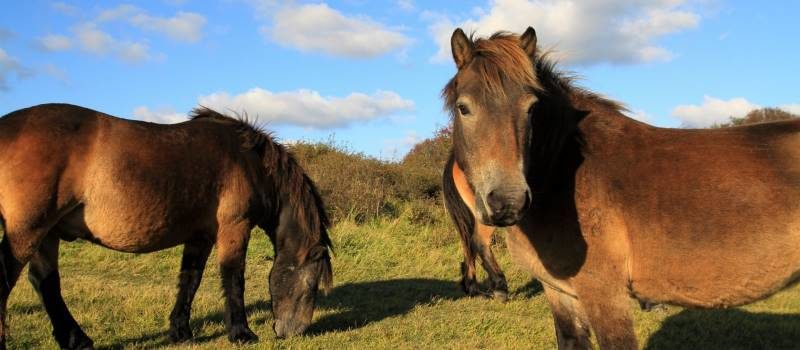
The New Forest, Sherwood, Epping, and other great British forests owe their diversity and unique beauty to the ancient practice of silvopastoralism - pastures in woodland. Such systems have much in common with the original pre-human landscape which is now thought to have been heavily shaped by wild herbivores. The UK Government recognises the important role such animals play and argues that the best way to re-wild the UK is to use modern farm herbivores as substitutes for the extinct British megafauna - the aurochs and elk. In this naturalistic farm system humans fulfil the role of the absent carnivores.
The possibility of livestock farming being part of the solution rather than the problem is looking increasingly probable, logical, and exciting. But for it to succeed, consumers of all tendencies need to be aware of the issues and make choices about the kind of meat they buy and eat. It does not mean we all have to eat meat, but conversely, we should think twice before promoting vegetarianism as the default green option. By many counts, permanent pasture is greener than arable land and silvopastoralism is better still. Your choices as a consumer determine which we see in the future.
Keir Watson is a Head of Physics at St Philip Howard Catholic High School. He runs two blogs: Rosemary Cottage Clinic where he researches and writes about nutritional science, and Herbidacious where he writes about gardening.
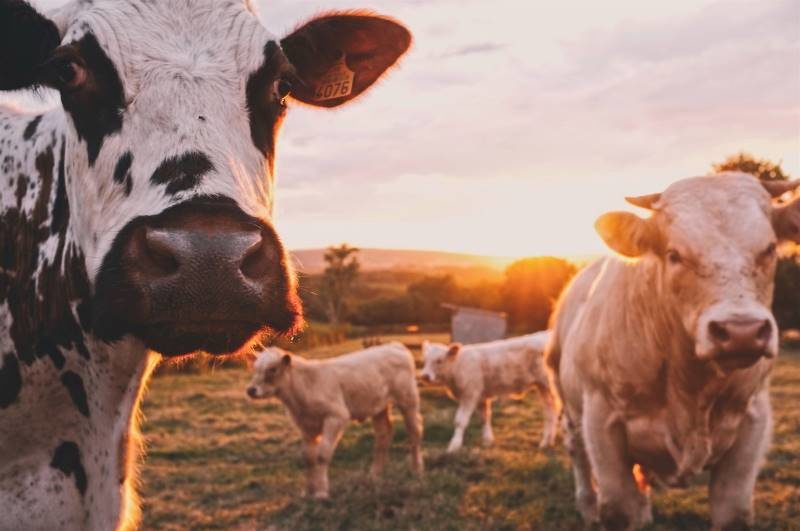
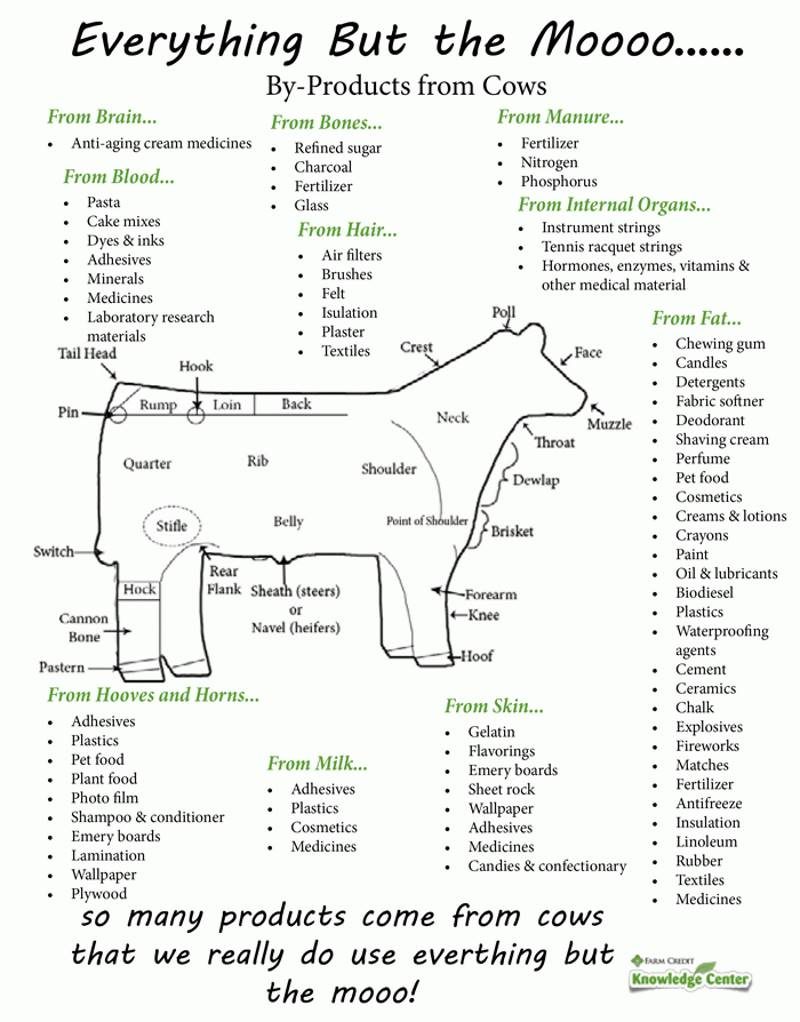
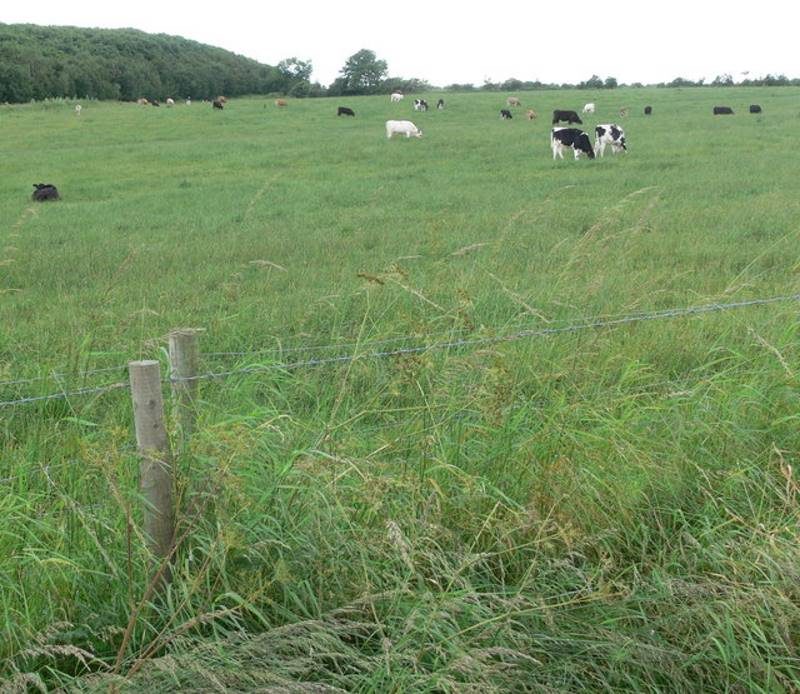
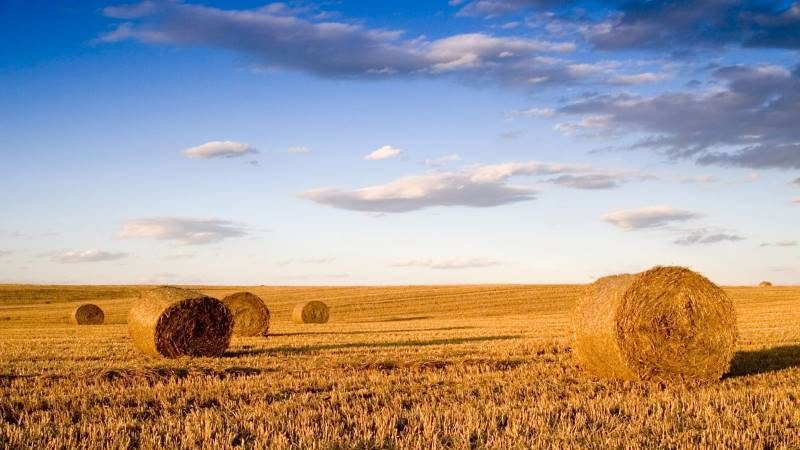



"I am a vegan because I believe that all things are equal. A cow is equal to a human. A human is equal to a banana. One banana is equal to two bananas. Two bananas is equal to three bananas"